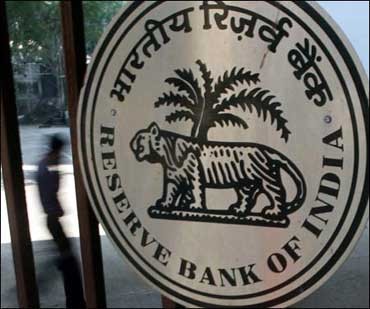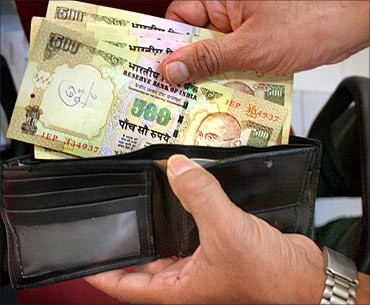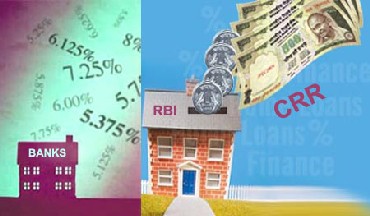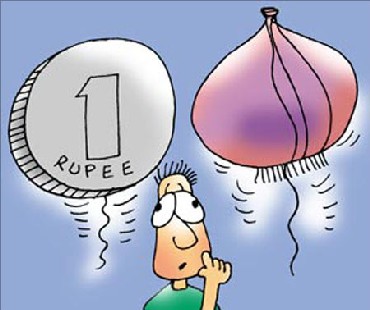 | « Back to article | Print this article |
What are policy rates and how do they affect you?
The rate of interest at which the Reserve Bank of India (RBI) lends money to other banks is called repo rate. At present, it stands at 6.75 per cent.
A cut in the repo rate is good news for banks, as they can borrow more at a low cost. If the central bank raises the repo rate, the cost of funds for banks goes up.
Consequently, banks may want to pass on the added costs to customers at lend at higher rates.
Reverse repo rate is the opposite of repo rate, which means it is RBI's borrowing rate. In other words, it is the rate at which the central bank borrows funds from banks.
Click NEXT to read more...
What are policy rates and how do they affect you?
The present reverse repo rate is 5.75 per cent. An increase in the reverse repo rate is positive for banks, as they earn higher returns on lending to RBI. If RBI reduces its borrowing rate, banks have to lend at a lower rate and deposit rates go down.
How does a change in policy rates impact customers?
A change in policy rates is an indicator of which way are the banks' lending and borrowing rates headed. It also has an indirect impact on customers because banks decide the lending rates (to their customers), based on RBI's lending and borrowing rates.
Banks change their prime lending (for old borrowers) and base rate (for new borrowers). Base rate can be revised, at least once, every quarter.
Click NEXT to read more...
What are policy rates and how do they affect you?
The central bank has increased rates eight times since March last year, in an attempt to bring down inflation.
It has raised the short-term lending or repo rate by 175 basis points and the short-term borrowing or reverse repo rate by 225 basis points in the same period.
And, we have seen each of these rise translate into higher lending and deposit rates (as high as 10 per cent).
The apex bank raised key policy rates by 50 basis points in its annual credit policy for the year 2011-12 on Tuesday, to control soaring inflation.
Click NEXT to read more...
What are policy rates and how do they affect you?
What is cash reserve ratio (CRR)?
This is the percentage of cash deposits that banks have to maintain with RBI. An increase in CRR means that banks have to park more money with the central bank and, hence, a higher CRR sucks out liquidity from the banking system.
It again increases the cost of funds for the banks and results in higher interest outgo for the customer.
In 2008, RBI slashed CRR frequently to infuse liquidity into the financial system and rates slipped due to excess liquidity. At present, CRR stands at six per cent.
Click NEXT to read more...
What are policy rates and how do they affect you?
What is statutory liquidity ratio (SLR)?
Every bank has to keep an assured amount of funds in some form or the other (cash, gold or government bonds) before lending to customers.
This measure controls the bank's credit expansion and can lead to higher interest rates.
Therefore, this rate is another determinant of lending rates. Current SLR is 24 per cent.





